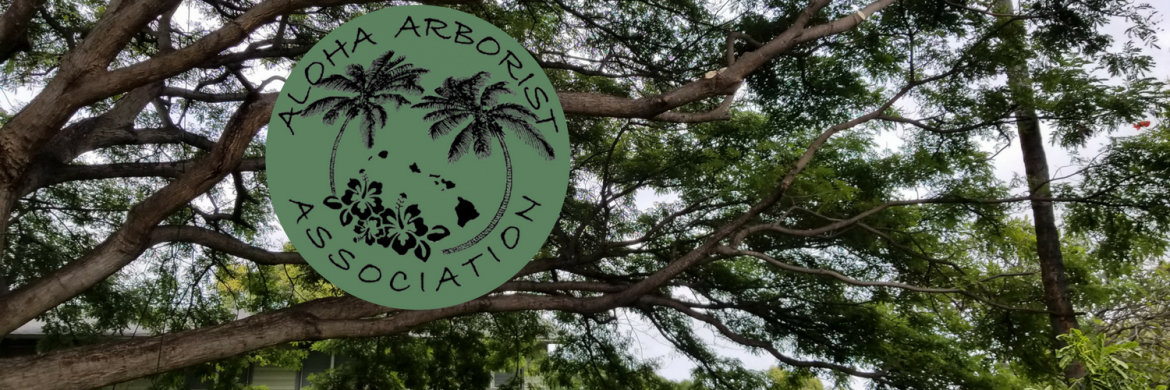Tree Topic of the Month
Ready, Set, Go! Wildland Fire Action Guidelines
A Talk by Pablo Akira Beimler, Hawaii Wildfire Management Organization
(Excerpted from AAA’s monthly meeting minutes of May 2017)
May is wildfire preparedness month. Pablo had just spent the day at every school on Oahu’s leeward side educating youth. HWMO is expecting another big fire season this year, and this is the first time there’s a coordinated message by all the fire departments going out across the state.
Hawaii’s native forests aren’t adapted to fire. Native species die in fires, allowing invasive species to become established. After the late 1990’s, there was a major increase in the number of fires, and 90% of our fires are caused by humans. Oahu averages three fires per day, or about 1,000 annually, but you don’t hear about them. On forest lands, fire response is provided by DLNR, with assistance from the counties. When a fire is defined as a “wildfire,” the County Fire Departments are the primary responders. When it comes to the percentage of acres burned every year, Hawaii is on par with western US.
Ignition Sources
One of the major ignition sources is from equipment, including vehicle exhaust. Pulling over to the side of a road onto dry grass, just the heat from exhaust pipes is enough to ignite the grass. Weed whackers, lawn mowers and other landscape equipment striking rocks can create sparks and start fires. Equipment should have functioning spark arrestors to help prevent fire ignition. The time of day when work is done also makes a difference – during afternoons when the day is hotter and drier, fires start more easily. Know your surroundings when you’re out doing work.
Ready, Set, Go!
HWMO is encouraging homeowners to reduce flammable vegetation in their landscape. “Ready, Set Go!” is a national Program run by fire chiefs. HWMO adapted the program for Hawaii.
• Ready – be prepared far in advance.
• Set – practice situational awareness, and what do to if there’s a fire
• Go – if there’s a fire in your area, leave the area immediately. Don’t wait – waiting leads to traffic jams to get out of area. In Hawaii, there are many areas with no alternate routes (e.g., Waianae).
Lighten Your Landscape
HWMO is encouraging homeowners to “lighten their landscape”, and remove vertical fuel ladders. The 0-30-foot radius around a structure is most important. Homeowners should pick up leaf and plant litter – for example, haole koa should be cleaned up because pods become embers and fly around, setting houses on fire. Tree branches should be kept at least 10’ from the roof of a house. Also, remove shrubs, grass, ground covers that would pose a hazard near the home. They don’t usually recommend removing a tree unless it is a major hazard (if in doubt, check with a fire specialist), but smaller trees that can serve as fuel ladders should be have low branches removed and the whole canopy thinned.
There’s Help Available
HWMO’s outreach has a special emphasis on reaching arborists because many of the fire-wise programs involve cleaning up trees and brush. HWMO also provides $2,000 grants to community associations and homeowner associations, regardless of size, to spend on contractors to do tree trimming, weed control, etc.
Additional Resources
Visit Hawaii Wildfire Management Org. HERE for more information.
You can also download the following brochures about their program:
READY, SET, GO! Your Personal Wildland Fire Action Guide
Wildfire LOOKOUT! 14 Easy Wildfire Preparedness Action Ideas

